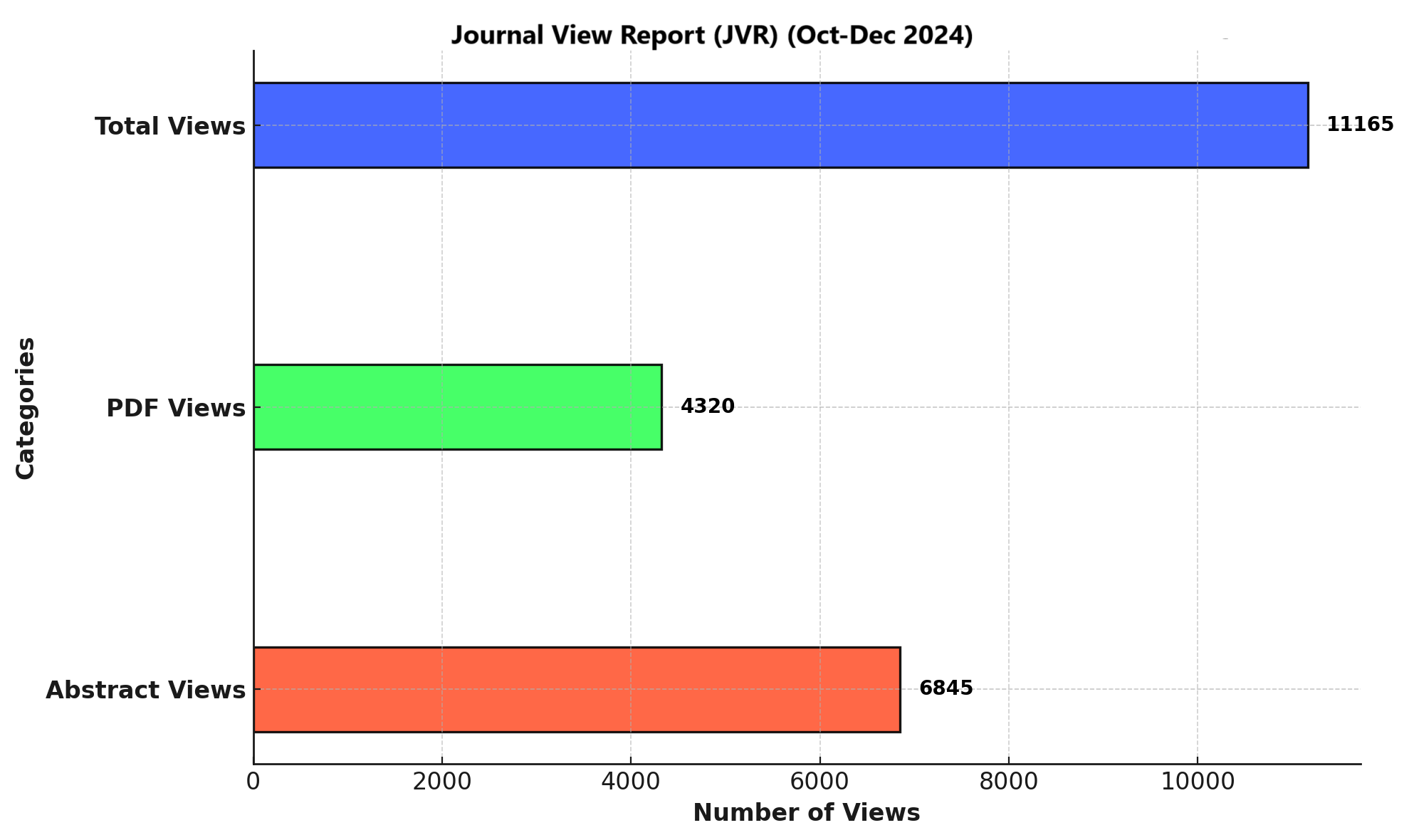COMPARATIVE EFFECTIVENESS OF GLASS IONOMER VS. COMPOSITE RESIN IN PEDIATRIC DENTISTRY: A META-ANALYSIS
DOI:
https://doi.org/10.71000/ijhr106Keywords:
Pediatric dentistry, Glass Ionomer Cement, Composite Resin, caries prevention, restoration durabilityAbstract
Background: Paediatric dentistry is essential for maintaining children's oral health, with the choice of restorative materials significantly impacting treatment outcomes. Glass Ionomer Cement (GIC) excels in chemical bonding and fluoride release, aiding in caries prevention. Composite Resin, noted for its aesthetic appeal and strength, is favoured for restorations that are both visible and bear significant masticatory forces.
Objective: This study aims to compare the clinical effectiveness of GIC versus Composite Resin in podiatric dentistry, specifically assessing caries reduction, restoration durability, marginal integrity, and the prevention of secondary caries.
Methods: Following PRISMA guidelines, a comprehensive literature search was conducted using databases such as PubMed, Scopus, and Google Scholar. Included were randomized controlled trials (RCTs) that compared GIC and Composite Resin in paediatric molar restorations. Outcomes measured included caries prevention, durability, marginal integrity, and secondary caries recurrence. Data were analysed using random-effects models.
Results: Analysis of ten studies involving 1,430 paediatric patients revealed that GIC provided a 22% relative reduction in caries incidence (RR: 0.78, 95% CI: 0.72–0.84, p < 0.001). Composite Resin offered enhanced durability with an RR of 0.82 (95% CI: 0.75–0.90, p = 0.002). GIC was superior in preventing secondary caries (RR: 0.76, 95% CI: 0.70–0.80, p = 0.003), whereas Composite Resin excelled in maintaining marginal integrity (RR: 0.81, 95% CI: 0.76–0.88, p = 0.004).
Conclusion: GIC and Composite Resin each provide unique benefits in paediatric dentistry. GIC is optimal for caries prevention, while Composite Resin is ideal for ensuring durability and superior aesthetic outcomes. Selection should be tailored based on individual patient needs and specific clinical conditions.
Downloads
Published
Issue
Section
License
Copyright (c) 2024 Amna Bint E Rashid, Umaima Binte Azam, Mahnoor Zaheer , Maham Noor , Romeysah Adnan, Syeda Amtul Razeeqa, Youhamna Rehan , Muhammad Haseeb Haider, Razan Mohammad Makki Bakhsh , Hiba Rizwan (Author)

This work is licensed under a Creative Commons Attribution-NonCommercial-NoDerivatives 4.0 International License.







